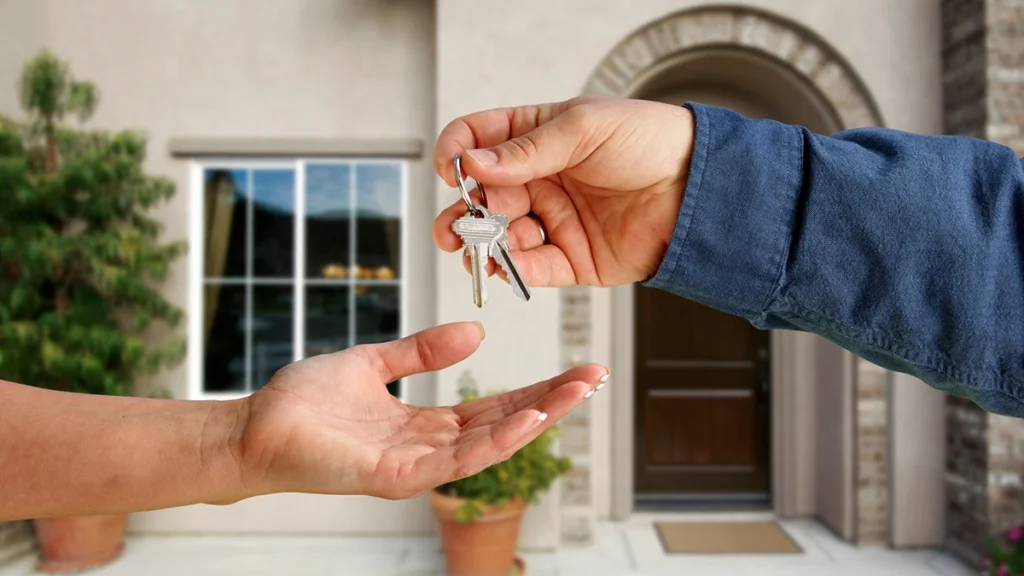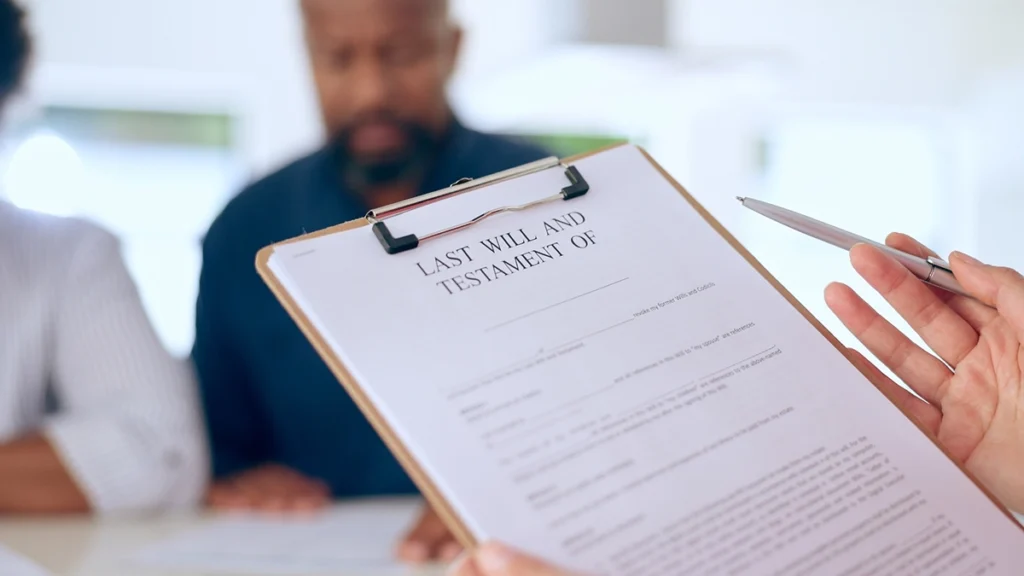Planning for the future is one of the most loving things you can do for your family. You work hard to build a home filled with care and memories, but what happens to it tomorrow depends on the choices you make today.
Too many families are caught off guard, dealing with court delays, unexpected costs, and the stress of not knowing what comes next.
Taking the time now to put clear plans in place protects more than your property. It protects the peace that your loved ones will need later. The right steps today can keep your home secure, your wishes honored, and your family free from avoidable burdens.
Why Home Protection Matters
Owning a home is often the largest investment a family makes. Beyond the financial value, it represents safety, memories, and legacy. Yet when a homeowner passes away, the legal system can complicate what should be a simple transition. Probate is the court-supervised process for transferring property after death.
While it ensures legal validity, probate can be slow, expensive, and stressful for grieving families. Avoiding probate whenever possible is not about bypassing the law, it is about reducing unnecessary obstacles for loved ones.
What Is Probate And Why Families Seek Alternatives
Probate involves filing the will, notifying heirs, paying debts, and securing court approval to transfer property. This process can take months or even years depending on the state and the complexity of the estate. Costs often include attorney fees, court fees, and administrative expenses that reduce the value of the inheritance.
Many families also find probate emotionally draining, since disagreements may arise between siblings or other relatives. For this reason, tools like trusts and special deeds are commonly used to streamline inheritance.
A Lady Bird Deed is one such option that directly addresses the challenges probate creates for homeowners and their heirs.
Understanding A Lady Bird Deed
A Lady Bird Deed is a special form of life estate deed. In a traditional life estate, the homeowner (called the life tenant) gives a future ownership interest to another person (the remainder beneficiary). This limits the homeowner’s control, they cannot sell or refinance without the beneficiary’s consent.
An Enhanced Life Estate Deed, or Lady Bird Deed, changes that dynamic. It allows the homeowner to keep full control of the property during their lifetime, including the right to sell, mortgage, or change the beneficiary. Only upon their death does the property pass automatically to the named person, outside probate.
This balance of control and certainty is what makes it a unique estate planning tool.
Where Lady Bird Deeds Are Recognized
Lady Bird Deeds are not available nationwide. They are recognized only in Florida, Texas, Michigan, West Virginia, Vermont, and North Carolina. In these states, the deed has been accepted by courts and recording offices as a valid way to transfer real property without probate.
If you own property in one of these states, this option may be available to you. If your property is located elsewhere, you may need to consider alternatives such as living trusts.
How A Lady Bird Deed Protects Families
One of the strongest features of this deed is the ability to transfer a home instantly at death without involving the court system. Heirs simply record the homeowner’s death certificate in the public records, and ownership updates automatically.
This avoids the months-long wait associated with probate and shields families from additional legal costs. Just as important, it reduces the risk of family disputes. When the deed is properly executed, its terms override any conflicting provisions in a will for that property.
This means the homeowner’s intent is clear, enforceable, and unlikely to be challenged in probate court.
Control During Life, Security After
For many homeowners, the fear of losing control keeps them from transferring property too soon. With a Lady Bird Deed, they do not face that risk. They can sell the property, refinance to pay medical bills, or change beneficiaries if family circumstances evolve.
For example, a 67-year-old Florida homeowner who wanted her son to inherit her house later decided she needed to downsize. Because she had chosen a Lady Bird Deed rather than a traditional life estate, she was able to sell without her son’s permission. After buying a smaller condo, she simply recorded a new deed naming him as beneficiary again.
This flexibility meant she stayed financially independent while still protecting her son’s inheritance.
Comparing To Other Estate Planning Tools
Lady Bird Deed vs. Will
Many assume a Will is enough to transfer property. However, a will requires probate, meaning the home cannot pass directly until the court process concludes.
A Lady Bird Deed avoids this step. When properly executed, it even overrides the Will for that specific property, ensuring clarity in transfer.
Lady Bird Deed vs. Trust
A revocable living trust is another probate-avoidance tool. Trusts provide more flexibility for complex estates, but they can be more expensive to create and maintain.
For homeowners who primarily want to secure their house, a Lady Bird Deed is simpler and more affordable. It works especially well for families whose main asset is their residence.
Lady Bird Deed vs. Joint Ownership
Some families consider adding children as joint owners. While this can bypass probate, it also creates risks. Creditors of the child may place liens on the property, and the homeowner loses the ability to act independently. With a Lady Bird Deed, those risks are avoided because the child has no current ownership interest.
The Human Side Of Planning
Estate planning can feel abstract until you consider the impact on real families. When probate delays access to a home, heirs may face financial strain, forced sales, or even disputes that harm lifelong relationships.
By contrast, when a property passes instantly through a Lady Bird Deed, the process feels simple and respectful. It gives children or spouses a sense of stability at a time when they need it most. Families often describe it as a quiet gift: a way of protecting their future without making life complicated in the present.
Steps Involved In Setting Up A Lady Bird Deed
The process of creating a Lady Bird Deed is relatively straightforward in states that recognize it. Homeowners work with a document-preparation service or attorney to draft the deed with precise language. It must include the names of the current owner, the beneficiaries, and the legal description of the property.
Once signed and notarized, the deed is recorded with the county clerk or recorder. From that point forward, the deed remains effective until it is changed or revoked. While the process is simple, accuracy is critical.
A mistake in wording or filing can compromise the deed’s validity.
When A Lady Bird Deed May Not Be Enough
Although powerful, this tool is not always the best fit. Families with multiple properties, complex assets, or ongoing businesses may require a trust for broader coverage.
Likewise, states that do not recognize Lady Bird Deeds will require different solutions. The key is to understand the options available and choose the one that best balances control, cost, and clarity for the family.
Building Peace Of Mind Today
Homeowners often delay estate planning because it feels overwhelming or unnecessary until later in life. Yet planning today is the best way to prevent stress tomorrow.
Families who have used Lady Bird Deeds often describe the relief of knowing their home will transfer smoothly. It keeps the home within the family, preserves independence during life, and provides security after death.
More than a legal document, it becomes a way of extending love and responsibility across generations.
Key Takeaways
- A Lady Bird Deed allows property to pass outside probate while keeping full control during life.
- It is recognized only in Florida, Texas, Michigan, West Virginia, Vermont, and North Carolina.
- When properly executed, it overrides a will for that property.
- It offers a simple, affordable alternative to wills, trusts, and joint ownership.



